After a hot, stressful summer for our yards and gardens here in the Pacific Northwest, autumn has graciously settled in, bringing cool mornings and colorful leaves. As you begin to wind down your gardening projects for the season, here are a few tips to make the most of autumn’s cooler weather.
1. Now is the time to divide and transplant many of your spring- and summer-blooming perennials. Perennials like hostas should be divided every few years to keep them vigorous and healthy. In the next few weeks, take time to divide and replant any perennials that haven’t been tended to in the last few years. While many perennials can be divided in the spring as well, doing so in autumn is less stressful since they are naturally going dormant for winter. Dividing in fall will also allow your plants to fill out evenly next spring rather than looking lopsided.
2. Take time to fill your pots with fresh winter pansies for the fall and winter months. Chances are, by now you’ve torn out whatever you planted for the summer months—but that doesn’t mean you have to move your empty pots inside for the winter, or worse, look at drab, empty pots until next spring.
Winter pansies are truly a workhorse of the plant kingdom. Unfazed by rain, wind, or frost, pansies will bloom heavily until a hard freeze, then go dormant, blooming again once milder weather returns. Whether you plant in pots or in the ground, I recommend fertilizing with a petunia fertilizer (ideal for pansies as well) two or three times after planting to get them established, then adding some slow-release plant food like Jack’s Classicote to feed through the winter and spring. Your biggest challenge with growing winter pansies is deciding when to pull them out—since they’ll still be blooming in May, you might find it hard to pull them up in time to get your summer flowers planted!
3. Remember the moss you struggled with in your lawn last spring? Now that wetter weather has returned, moss will begin to grow in your yard once again. Discourage its spread and help your grass thrive this winter with an application of fast-acting lime. Spreading lime is inexpensive and easy and will keep your soil’s pH from becoming too acidic, in turn preventing moss growth and allowing the nitrogen in your lawn fertilizer to properly break down so your grass can fully utilize it.
4. It’s not too late to plant shrubs, trees and perennials around your yard. Even though our daytime temperatures are beginning to drop, our soil temperatures are still relatively warm, allowing newly-installed plants to get established before winter with minimal stress. Combine the ideal planting weather with fall plant sales at nurseries around the county and it’s hard to find a reason not to plant.
5. Mid-autumn is a great time to plant spring-blooming bulbs like daffodils, tulips and more. If deer are a problem in your area, you’ll find daffodils to be a great deer-resistant option for early spring color. Or if you’re hesitant to plant bulbs because of their ragged appearance after they finish blooming, plant bulbs in pots and bury them in your garden. Next spring, after the bulbs finish blooming, dig up the pots and move them to a corner of the yard where the bulbs can finish dying back for the year. Planting bulbs this way also ensures you won’t forget where you planted your bulbs when it comes time to fertilize or replant in the future.
October’s cooler weather brings with it a fresh beauty in the garden. Make the most of this autumn and enjoy all that it has to offer!


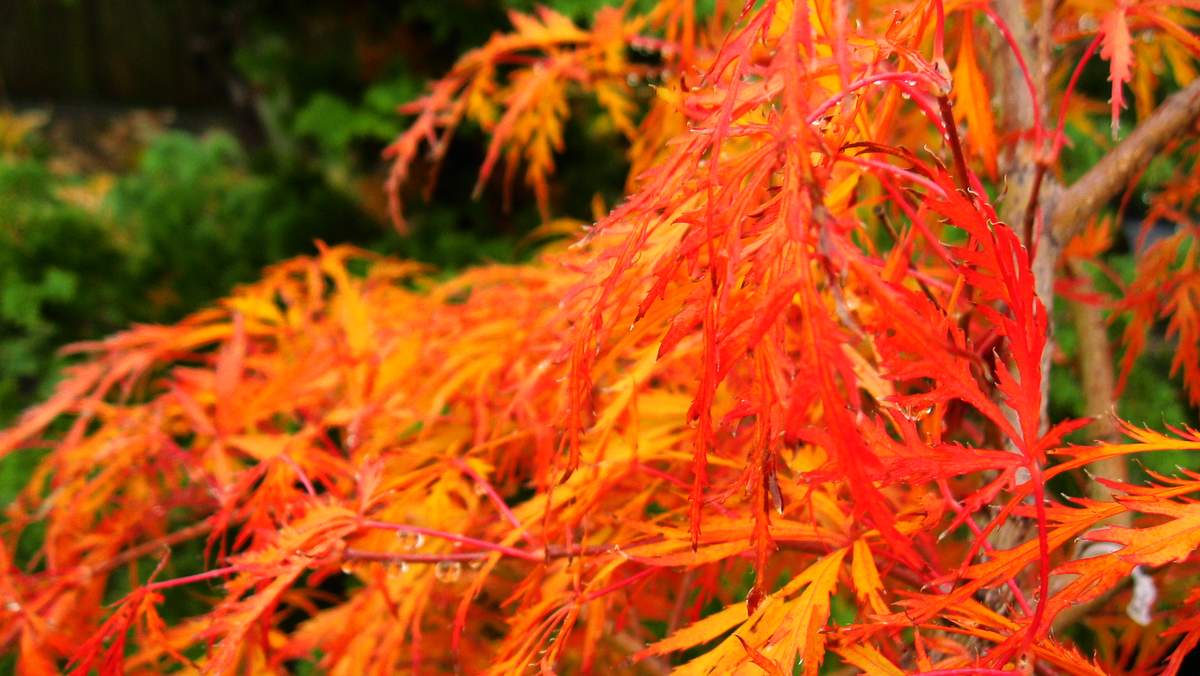
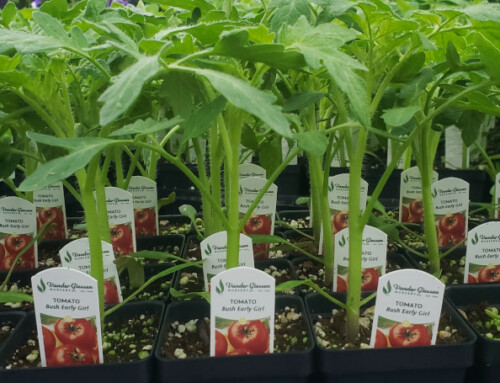
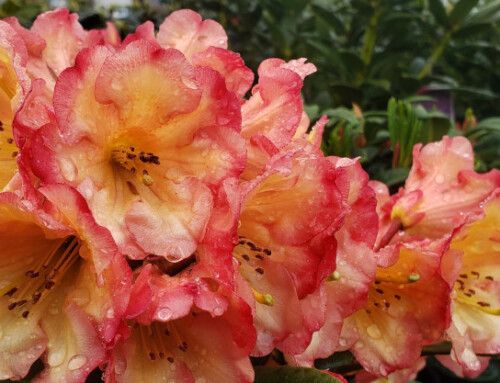
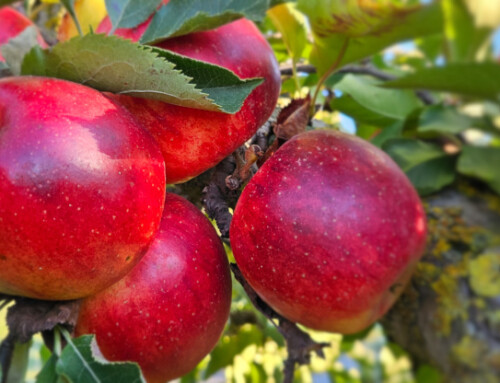
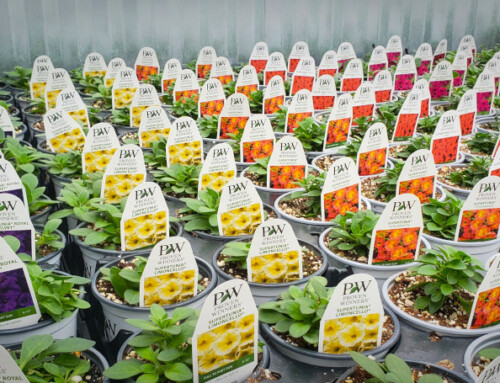
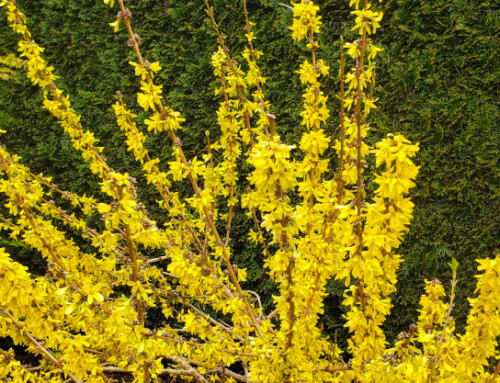
Leave A Comment